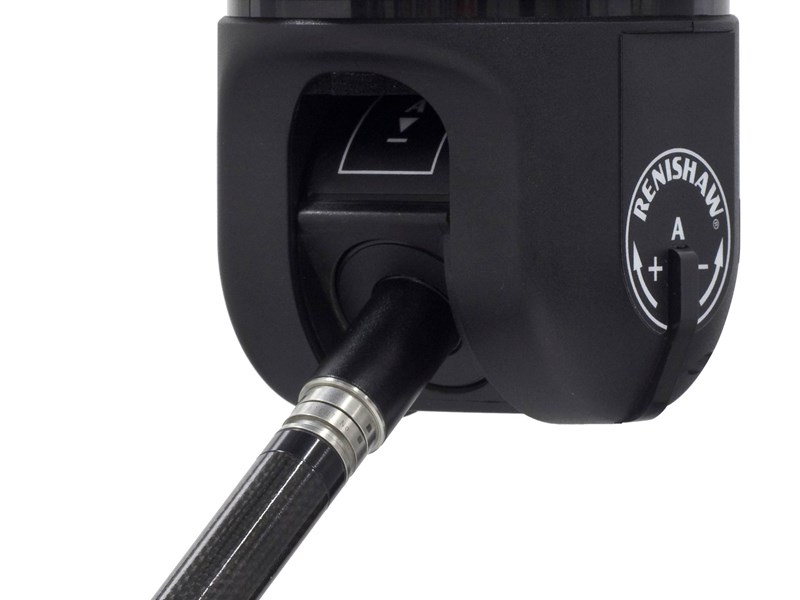
Renishaw PH10 Plus Motorized Indexing Heads
Price: Contact Us
Retail Price: N/A
Your Savings: N/A
Unlike conventional touch-trigger measurement methods which rely on speeding up the motion of the CMM's 3 axes to measure quickly, PH20 utilises the head motion technology developed for the multi-award winning REVO system to minimise the dynamic errors of the CMM at higher measurement speeds.
PH20's unique ‘head touches' allow measurement points to be taken by moving only the head, rather than the CMM structure. Points can be taken faster, and with improved accuracy and repeatability.
Furthermore, 5-axis motion eliminates time spent indexing the head. Together these speed increases typically result in a 3-fold improvement in throughput over conventional systems.
- PH20 brings 5-axis measurement capability to touch-trigger applications on all sizes of CMM
- Increased throughput - up to 3x faster than indexing heads
- Easy access to features at any angle with infinite positioning
- Faster calibration
- Integral industry standard TP20 probe
- Improved touch-trigger metrology performance
- Available on new CMMs or as a retrofit
- Unique 'head touches' allow measurement points to be taken using only the head and not the CMM structure
- 5-axis controlled motion between features eliminates indexing time
- Infinite positioning capability guarantees optimal feature access, minimising stylus changes, especially when probe-extension clearance is small
- 5-axis simultaneous motion allows larger parts to be measured on the CMM by minimising the space required around the part
for head rotation - PH20 automatically aligns itself with the part coordinate system, avoiding stylus collisions and the requirement for accurate fixtures
- Together, these speed increases result in a typical 3-fold improvement in throughput
- Unique 'inferred calibration' technique determines the head orientation and probe position in a single operation, allowing subsequent measurement at any head angle
- Dramatic time savings accumulate as the calibration process is repeated on a regular basis to comply with quality procedures or following a probe crash
- Enhanced metrology performance is also available by calibrating the probe tip at the feature orientation